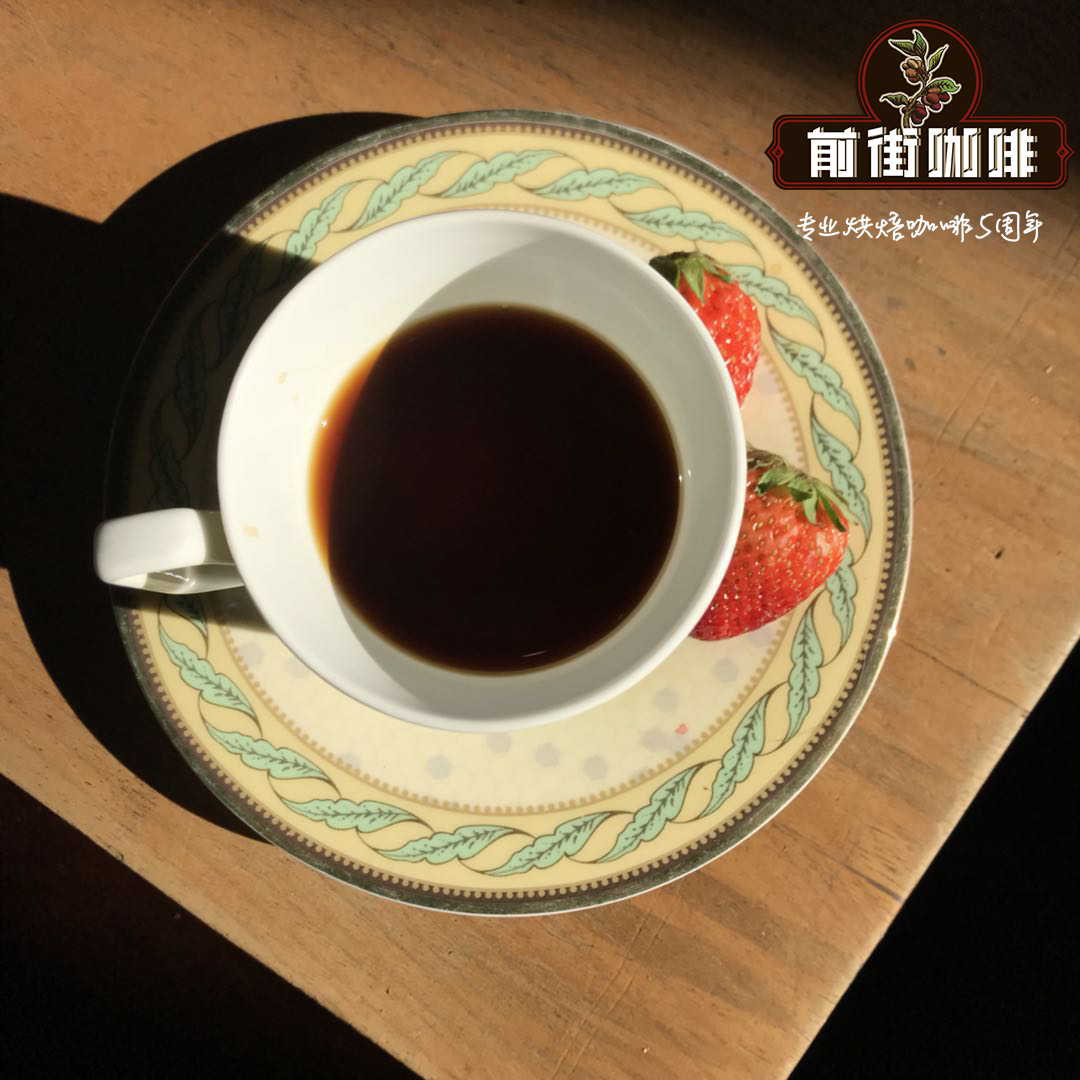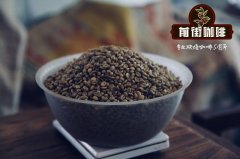Coffee Bean Solar method Yemen Moka Ethiopia Hara Brazil Indonesia Coffee Solar method

Professional coffee knowledge exchange more coffee bean information please follow the coffee workshop (Wechat official account cafe_style)
Due to the shortcomings of the coffee bean solarization method, the Dutch invented the washing method in the mid-18th century, which was widely favored. The biggest difference from the sun method is that it uses fermentation to remove the skin. In the process of treatment, wash with water to get a clean sour smell.
As in the first step of the coffee bean solarization method, remove the inferior beans, then use the pulping machine (pulp planer) to beat off the peel and pulp of the coffee fruit, throw it into the sink and ferment for 16-36 hours, and the fermentation bacteria dissolve the pectin. Coffee bean solarization (Dry process/Natural method) is the oldest and most primitive treatment of coffee beans. Arabs used this method to deal with coffee more than a thousand years ago. The harvested coffee cherries are directly exposed to the sun on the terrace and receive direct sunlight exposure (about 27-30 days). The moisture content is changed from 60% to only 12%. The concept of this treatment is simple and inexpensive, but it has a lot of variables and risks; it has been used for a long time to deal with beans that are not of such good quality.
Flavor: soft acidity and uniform bitterness, thick, rich layers, obvious sweetness. Good quality sun beans will have a fruity or wine flavor.
Coffee beans from Moka in Yemen, Hara in Ethiopia, Brazil and Sulawesi in Indonesia are often treated in this way. Sun-drying: the fresh coffee fruit is put into the exposure field for sun-drying, and the water content is about 12% after 4 weeks of continuous turning and drying. Heat the coffee cherries evenly. After drying, the core and skin of the coffee will be separated, and then the pulp and peel will be removed by a sheller. And so on, the screening is completed.
If coffee farmers evaluate the weather permitting and adopt the coffee bean drying method, they will spread the screened coffee fruits directly on the main square, let the sun exposure for 2 to 3 weeks, dry the coffee fruit, and then remove the shell of the dried coffee fruit to get the coffee beans. This kind of sun-dried beans will adhere to the dried pulp layer and pectin layer, so the coffee beans will be richer in flavor and tend to taste sweet.
Important Notice :
前街咖啡 FrontStreet Coffee has moved to new addredd:
FrontStreet Coffee Address: 315,Donghua East Road,GuangZhou
Tel:020 38364473
- Prev

Introduction to the Flavor characteristics of Water-washed Coffee beans
Professional coffee knowledge exchange more coffee bean information please follow the coffee workshop (Wechat official account cafe_style)
- Next

Introduction to the Flavor of Coffee beans by Solar treatment
Professional coffee knowledge exchange more coffee bean information please follow the coffee workshop (Wechat official account cafe_style)
Related
- What is the meaning of lactic acid fermentation with coffee bean treatment?
- How to judge the state of foam by sound?
- How does the latte pull out the unicorn pattern? Come to get for a little trick to improve the flower pull!
- Will flower pulling affect the taste of the latte?
- Do you know the history of coffee?
- The difference between honey treatment and sun washing what is raisin honey treatment?
- What kind of milk can a novice use to make coffee foam to keep the foam longer? The correct method and skills of milking tutorial sharing
- Why do washed coffee beans taste sour? Flavor characteristics of washed Coffee
- Introduction to the skill of how to practice the size and height of water injection around the circle of hand-brewed coffee
- How do beginners practice coffee flower drawing from scratch?

